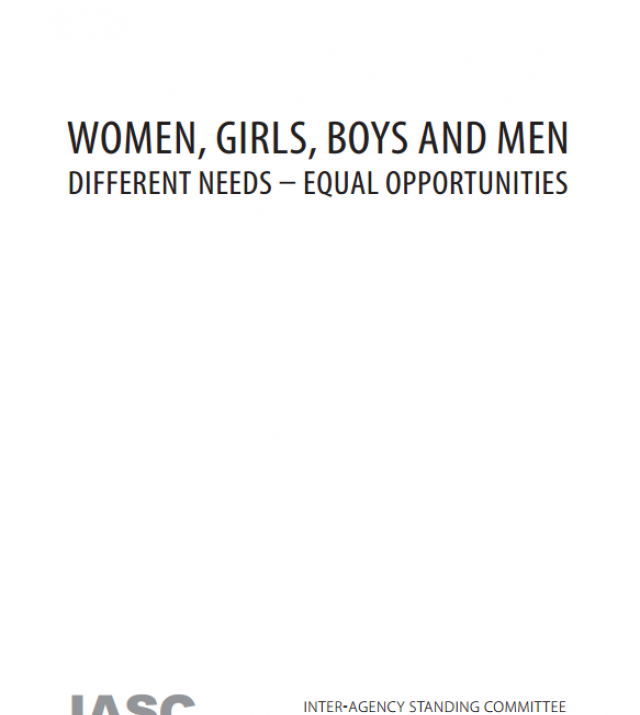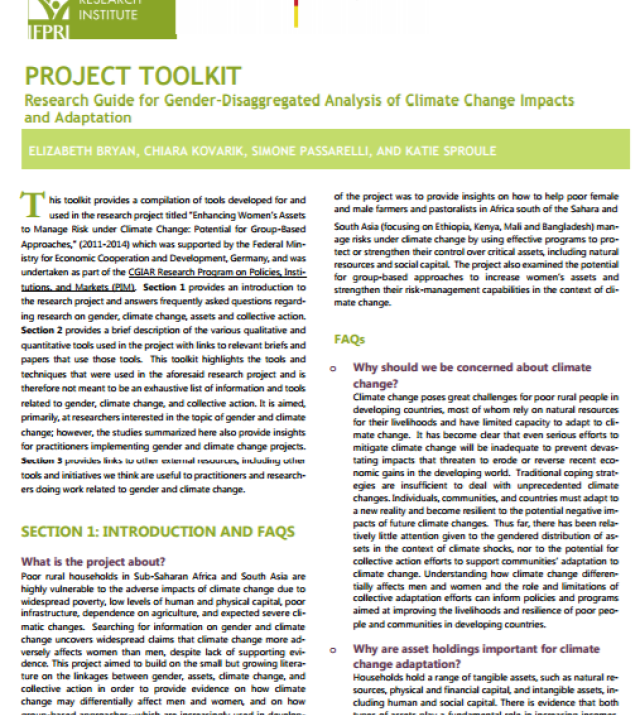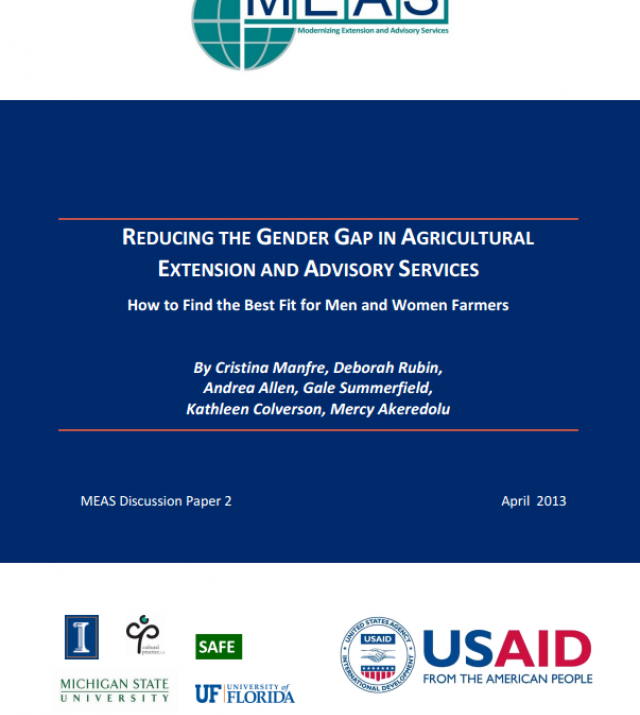
Measuring Gender Impact
Presenters: Sylvia Cabus, Gender Advisor, Bureau for Food Security, USAID; Violet Dancheck, Gender and Nutrition Integration Advisor for the Office of Food for Peace, USAID; Moderator: Kristi Tabaj, Senior Specialist, Child Hunger and Agriculture, Save the Children
This session brought together the donor and implementing partners to discuss potential steps forward in utilizing USAID’s Women’s Empowerment in Agriculture Index (WEAI). Sylvia provided an overview of USAID’s updated Policy on Gender Equality and Female Empowerment and the WEAI. The WEAI has been piloted in several different countries and has been shown to be adaptable in different settings. Violet continued the discussion with questions for the group on the feasibility of utilizing the WEAI within FFP programming.
Copies of the WEAI were distributed and participants were asked to work in small groups and discuss how the tool might be integrated into their emergency/development programs, what indicators could be used, and what challenges might be faced in the process. Key points of discussion included:
- As all programs had completed their baseline surveys, using the WEAI would require another round of surveying. Resources (human and financial) may not be available to administer the survey.
- Although some survey questions could be included as standalone questions, they could not be used to measure empowerment, as a few standalone questions would not be a sufficient measure.
- Programs were not necessarily designed to empower women and therefore it was unclear if programs would benefit from measuring empowerment.
- Participants raised the issue that they didn’t want gender programming to lead to conflicts between men and women. They discussed that the goal should be to have beneficiaries associate these indicators with outcomes that benefit the entire community, not just women.
- Participants also mentioned the need to emphasize the evidence base for empowerment rather than rely on anecdotal evidence.
The opinions expressed during the session and the way forward notes were shared with FFP to assist them in making a decision around whether or not the WEAI would be required in FFP program M&E. Further guidance on the use of the WEAI will be given at a later time.
The Way Forward: Participants made recommendations in the following areas:
Capacity Strengthening and Tools
More training/capacity strengthening is needed to enable capture of gender indicators by implementers.
Donor Policy and Practice
Need more detailed guidance from FFP on a list of indicators for different sectors and domains and how to integrate gender. This includes cross cutting issues like family planning, HIV, etc. as well as adaptation to local contexts.
USAID should consider inclusion of nutrition indicators in the agriculture index indicator.
FFP should provide a list of key indicators to include in baseline and endline surveys. There are limited resources to conduct separate surveys for the full Women’s Empowerment in Agriculture Index.
USAID and other donors should consider an index on social dynamics rather than gender / women’s empowerment.

